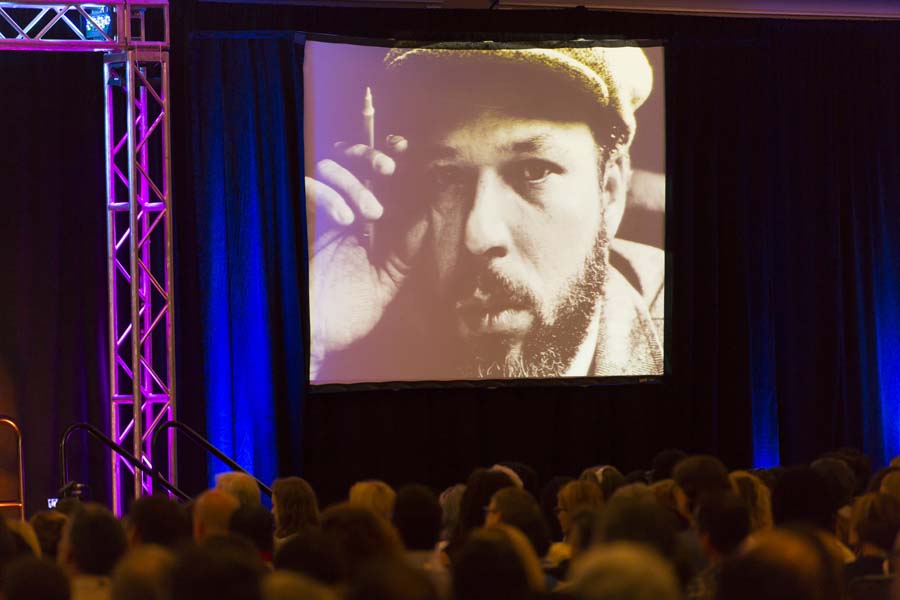It was nearly 20 years ago that I sat on the plaza of Los Angeles’s Music Center, chatting and smoking with the greatest of American playwrights, August Wilson, for an interview for Back Stage West. A key theme emerged as we spoke, as it did throughout his work and in his iconic speech at Theatre Communications Group’s 1996 conference, “The Ground on Which I Stand”: Black life in the U.S. is sufficient unto itself by every measure that matters: culturally, intellectually, morally, even to an extent materially. All it lacked then, as now, was respect and resources. As Wilson put it in his speech, “Black theatre in America is alive, it is vibrant, it is vital…it just isn’t funded.”
In this issue we attempt to take stock of the state of both Black theatre institutions and Black theatre artistry in the U.S. These are two separate questions, it turns out, as the health of the latter—the rising fortunes of Black playwrights and actors in white-run theatres being a trend that is undeniably if too slowly in effect—seems to be inversely correlated with the health of the former. It threads through all the stories, from Kelundra Smith’s look at a half dozen theatre companies that have developed talent and audiences against steep odds; in Jerald Raymond Pierce’s dialogue with five Black playwrights who are making names for themselves, at this point mostly in white-led theatres; and in Monica White Ndounou’s account of last fall’s inspirational and practical International Black Theatre Summit. As our nation’s larger theatres take admirable steps toward diversifying their seasons—even in some cases committing, as part of an effort called the Jubilee, to producing plays solely by members of marginalized communities in the 2020 season—are they siphoning off oxygen, acclaim, and most crucially funding from theatres of color that have been doing the work for generations, most often without such largesse? Some even put the question more bluntly: If the Oregon Shakespeare Festival and the Goodman and the Guthrie are increasingly telling the stories of a more diverse America on their big, well-heeled stages, why do we need theatres of color—Black theatres and Asian American theatres, Latinx theatres and Native American theatres—at all?
As always, August had an answer for this. He used the analogy of the Negro Leagues, a vibrant and self-sufficient sport unto itself that nevertheless withered in the years after the previously whites-only Major League Baseball was integrated. “Once it’s, Okay, you can play in the white major league, the Black league died,” Wilson lamented. “I went, like, why? It should have been the other way around—let some whites come in and play in the Black league.”
This is roughly the model of Kenny Leon’s True Colors Theatre Company in Atlanta, from which Leon is stepping down to hand the reins to Jamil Jude: a Black-led theatre that stages plays, most but not all by Black authors, for a largely but not exclusively Black audience. This and other theatres like it offer one path out of a dilemma Wilson knew well: Though he developed some of his plays at Black theatres (and always with Black directors), he had most of his success on Broadway and in predominantly white regional theatres. Who would begrudge him, or Tarell Alvin McCraney or Lynn Nottage or Aleshea Harris, that kind of spotlight? This is one route change will travel. But as we widen our mainstream, we must take care not to drown the beautiful smaller streams within it, or to continue the shameful, exploitive pattern of extracting labor and talent without sufficient recompense or replenishment. That’s a story as old as America—a story that Black theatremakers like the ones we lift up in this issue are helping to rewrite, or unwrite, or simply do right by.


